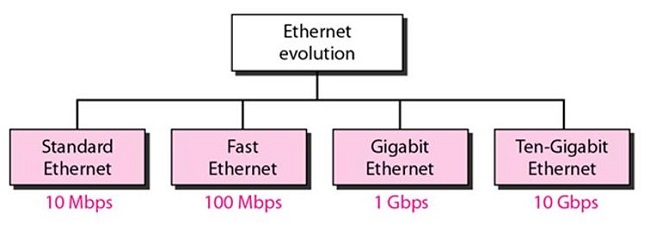Ethernet is constantly improving in performance. The pinnacle in 1985 was 10Mbits/sec, which rose to 100Mbits/sec in 1995, and then 1Gbit/sec in 1998. The 10Gbits/sec standard arrived four years later in 2002. However, this was a fiber-optic connection only. Support for twin-axial cabling (like your TV aerial) was introduced in 2004, and then finally 10Gbit networking over the standard twisted pair cabling we associate with regular office and home Ethernet became available in 2006.
So the type of 10Gbit Ethernet provided by the Asrock X99 WS-E/10G has been around for nine years. However, to get the full performance you can't just use your existing Ethernet cabling infrastructure. This is likely to be “Cat 5”, which is only rated up to 1Gbit Ethernet.
Instead, at least Cat 6 will be required, which is more expensive, and would require a complete rewire of your premises. This is why switching to 10Gbit is not a simple plug-and-play upgrade, and hasn't been widespread over the last nine years.
With Cat 6 cabling, the maximum cable length is 55m before a switch or repeater will be required to boost the signal. But putting that 10Gbits/sec performance in perspective, the bandwidth is 1,280 MB/sec, so more than twice as fast as the best SATA3-connected SSDs, and not far off the read performance of the latest speed merchant M.2 PCI Express SSDs either.
In other words, you can potentially access storage over the network at speeds similar to if it was attached locally – which is what we intend to test in this article.
 KitGuru KitGuru.net – Tech News | Hardware News | Hardware Reviews | IOS | Mobile | Gaming | Graphics Cards
KitGuru KitGuru.net – Tech News | Hardware News | Hardware Reviews | IOS | Mobile | Gaming | Graphics Cards



